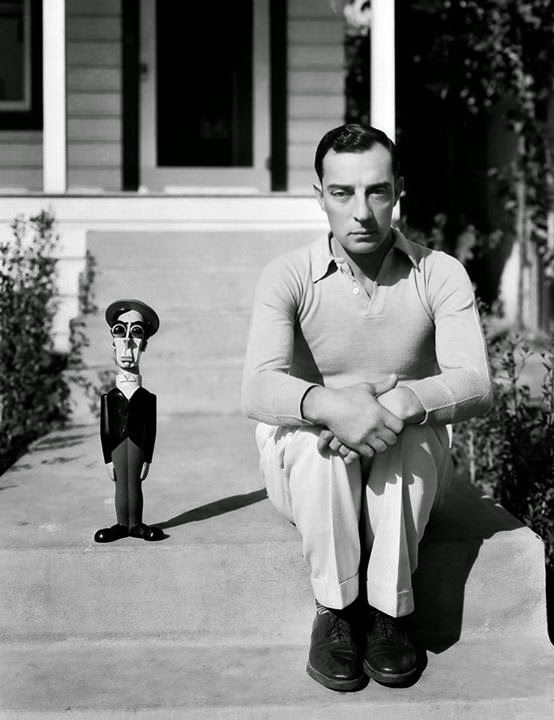Today November 8 2014 is 95th Birth Anniversary of P L Deshpande (पु ल देशपांडे)
Abul Ala al-Ma’arri (973-1058), 'The Epistle of
Forgiveness':
"...Over many a race the sun’s bright net was
spread
And loosed their pearls nor left them even a
thread.
This dire world delights us, though all sup –
All whom she mothers – from one mortal cup.
Choose from two ills: which rather in the main
Suits you? – to perish or to live in pain?..."
To perish or to live in pain?
Weather patterns are certainly changing across India. I don't know how they will look in the long run but one senses the big change alright.
The late
P L Deshpande (1919-2000) suffered (a kind of) arthritis for a number of years. He of course made fun of it, at least, in public.
In one of the best pieces of humour I have heard, he once said that his joint started acting up even when he
heard Marathi song "
Nabh Meghani Akramile" (
नभ मेघांनी आक्रमिले), sung by
Prabhakar Karekar (प्रभाकर कारेकर), from one of the most popular Marathi plays- '
Sangit Saubhadra' (संगीत सौभद्र), 1882 by
Annasaheb Kirloskar (अण्णासाहेब किर्लोस्कर).
'Nabh Meghani Akramile' translates as 'the sky is invaded by clouds'.
When I heard the joke first time, I realised what funny head the late Mr. Deshpande carried.
I often remember Pu La for something or the other. I don't own most of his books. I mayn't have read his book for a very long time now but he remains an integral part of my ecosystem.
I remember in one of his TV interviews, in a kind of response to his wife's autobiographical, rather grim, book ('
Aahe Manohar Tari' आहे मनोहर तरी), not one of my favorites, he said : "मला उदास-बिदास काही वाटत नाही… " (I don't feel depressed etc.)
It was funny but said with such conviction, I felt it deep inside me and has stayed there since then. I feel he never took himself seriously, an attribute most middle-class
Maharashtrians seriously lack. Most of them, especially from the writing/talking community, are full of themselves.
Let me now return to the invasion of clouds and arthritis.
WSJ on October 14 2013 reports:
"The Wolff family of Paramus, N.J., was eyeing the gathering clouds and
debating whether to cancel a planned park trip when 6-year-old Leora
piped up with an idea: "Let's call Grandma.
Her knees always know when
it's going to rain!"
Leora's grandmother, Esther Polatsek, says she started being sensitive
to the weather in her 20s, when a fracture in her foot would ache
whenever a snowstorm approached. Now 66 and plagued by rheumatoid
arthritis, Mrs. Polatsek says she suffers flare-ups whenever the weather
is about to change..."
I recently bought my favorite book of PLD: "
Nasti Uthathev" (नस्ती उठाठेव), first published in 1952. ["tyache vyavachhedak lakshan" (त्याचे व्यवच्छेदक लक्षण), an essay in there, is one of the best pieces of comic writing I have ever read]
The cover is by
Vasant Sarwate (वसंत सरवटे). The subject of the picture is 'Majhi Path Dharate" (माझी पाठ धरते)- my back sprains!



++Photograph+The+Trustees+of+the+British+Museum..jpg)







